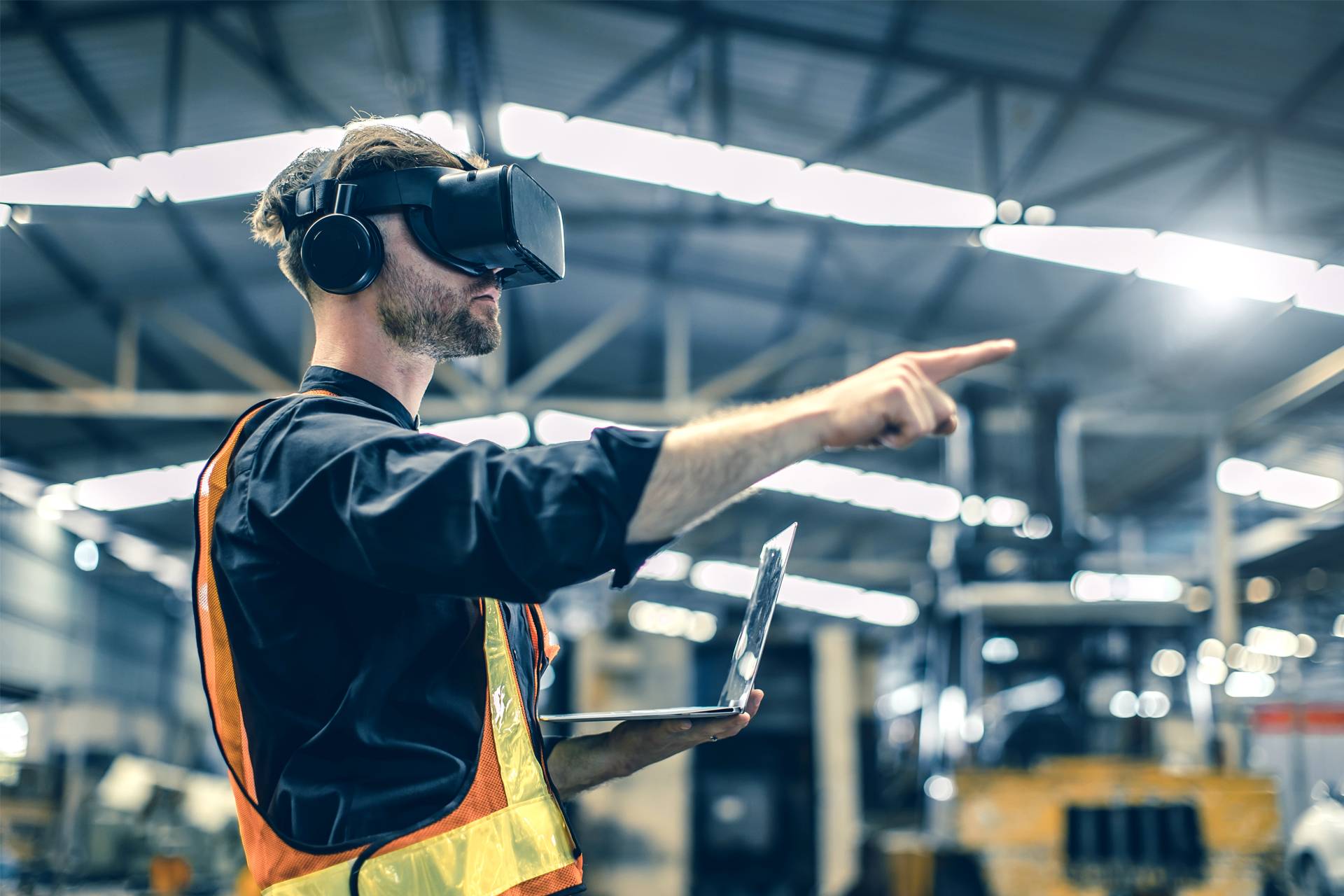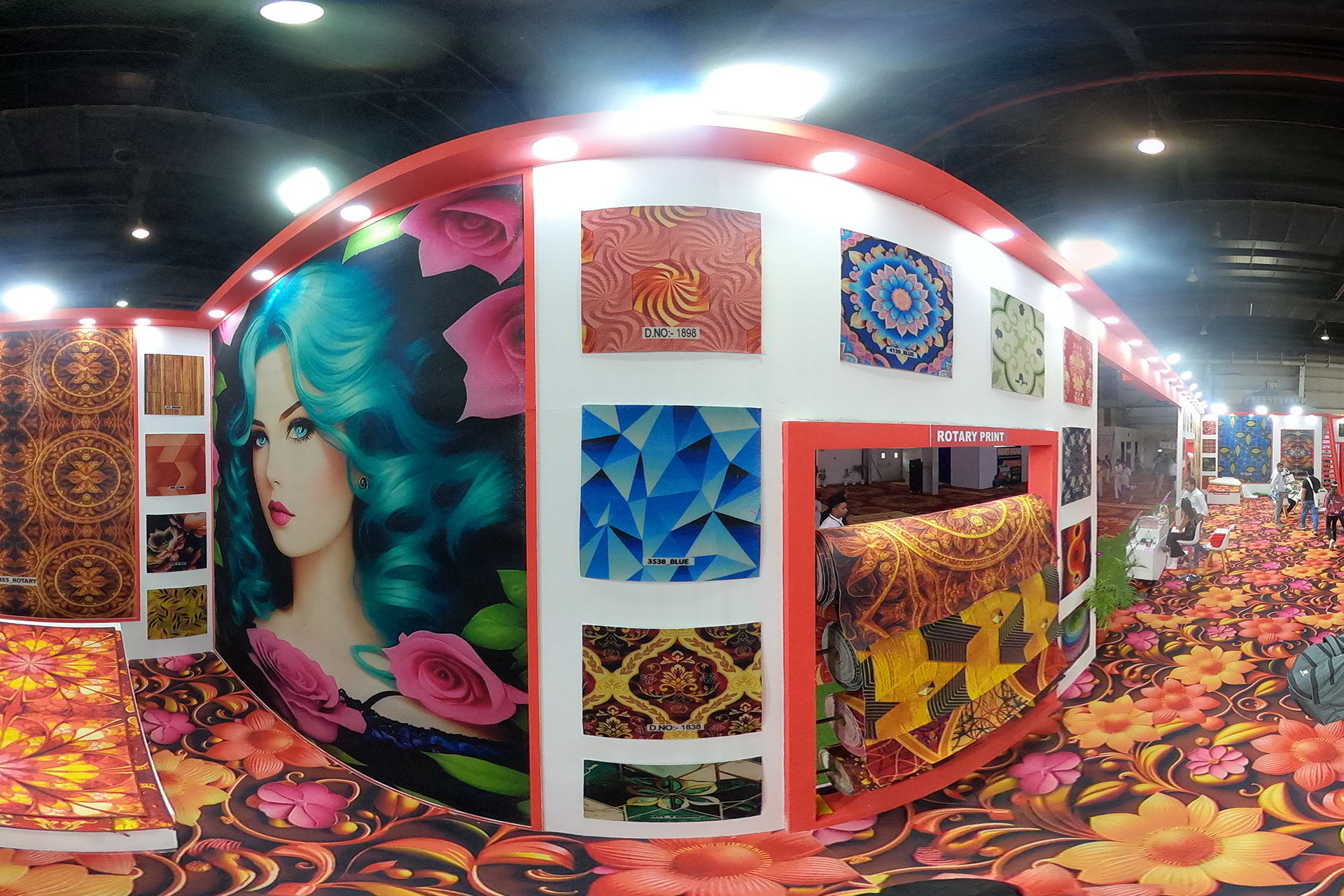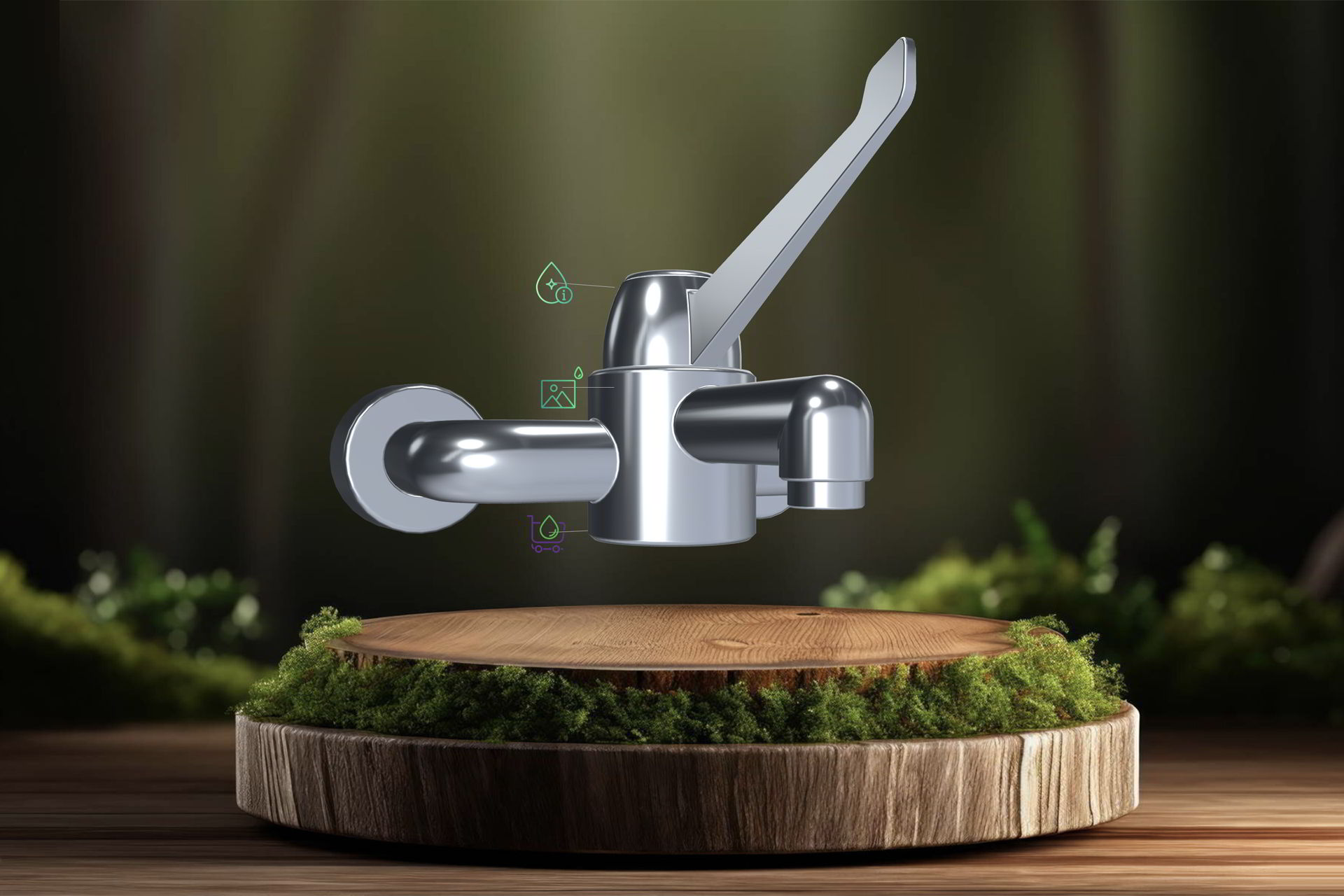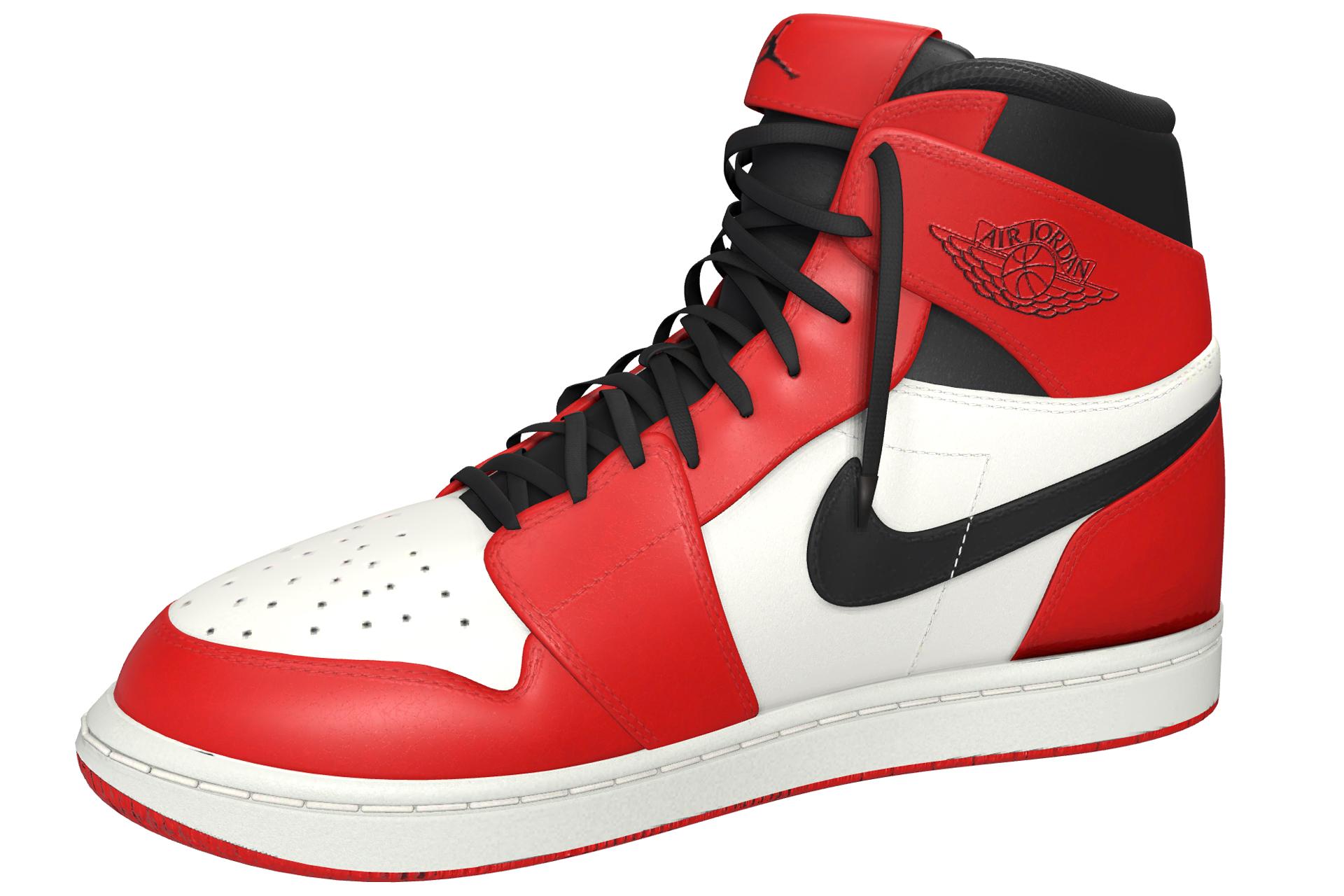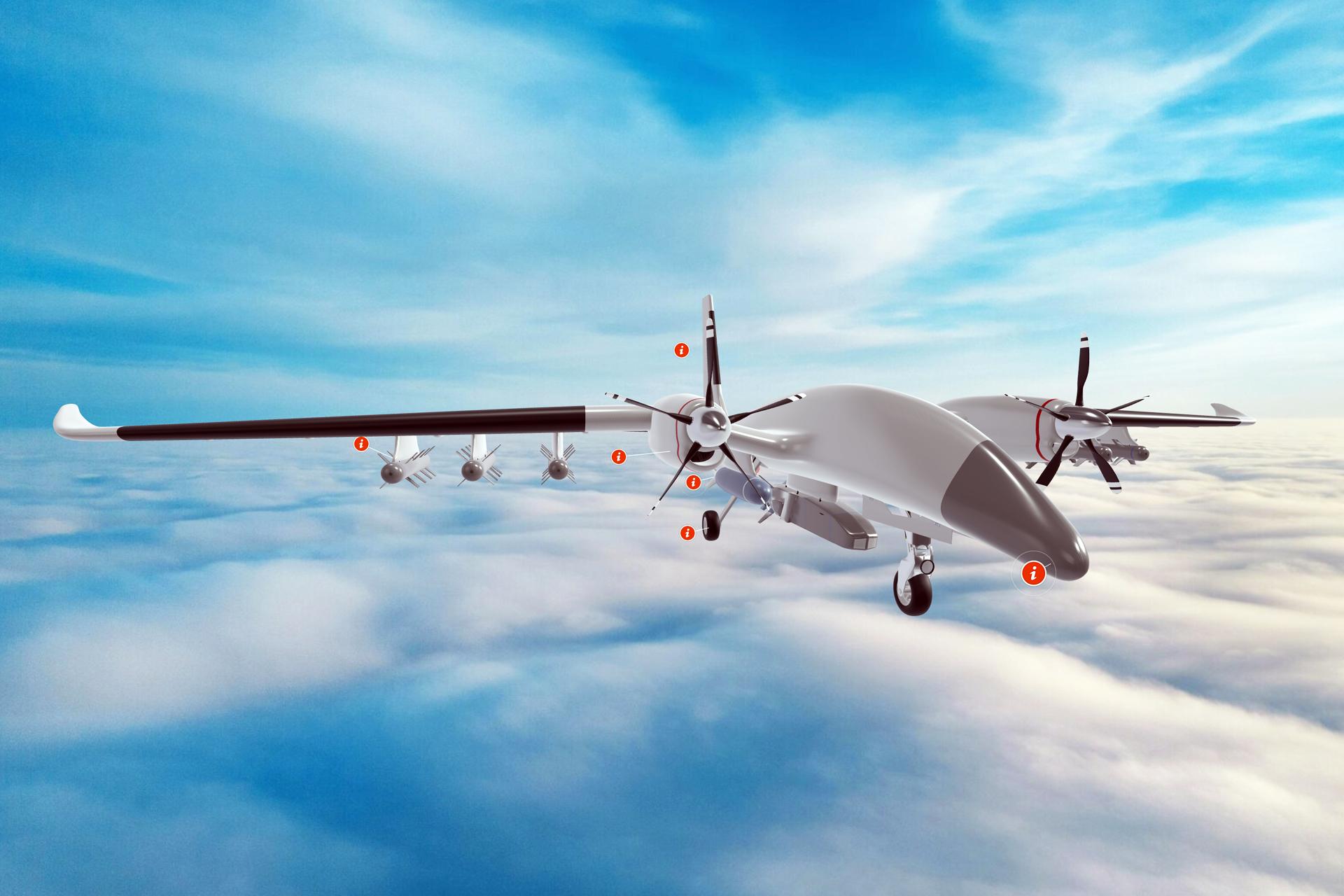Transforming Manufacturing: Unveiling 20 Key Benefits of AR and VR Integration
In the landscape of modern manufacturing, the integration of cutting-edge technologies is redefining efficiency, precision, and overall operational excellence. Among these innovations, Augmented Reality (AR) and Virtual Reality (VR) have emerged as pivotal tools, revolutionizing various facets of the manufacturing process. Let's delve into the 20 significant benefits that AR and VR bring to the forefront of the manufacturing industry.
- Enhanced Training Programs:
VR simulations provide immersive training experiences for manufacturing personnel, enabling them to learn and practice complex procedures in a risk-free virtual environment. - Improved Design Prototyping:
VR facilitates 3D design visualization, allowing engineers and designers to create and test prototypes virtually, reducing the need for physical prototypes and expediting the design process. - Maintenance and Repair Guidance:
AR overlays real-time information and instructions onto machinery, aiding maintenance personnel in identifying issues and performing repairs with greater accuracy. - Assembly Line Optimization:
VR simulations assist in optimizing assembly line layouts, identifying bottlenecks, and refining processes for increased efficiency. - Remote Assistance:
AR enables remote experts to provide real-time assistance by overlaying information onto the technician's field of view, reducing downtime and enhancing problem-solving capabilities. - Safety Training and Simulations:
VR simulations allow workers to undergo safety training in realistic scenarios, reducing workplace accidents and improving overall safety awareness. - Collaborative Design Reviews:
VR facilitates collaborative design reviews, allowing teams from different locations to interact with and evaluate 3D models in real-time. - Inventory Management:
AR applications enhance inventory management by overlaying digital information onto physical inventory, streamlining tracking and reducing errors. - Quality Control Inspections:
VR simulations assist in quality control inspections by providing a virtual environment for detailed product examinations, reducing the risk of defects. - Efficient Equipment Maintenance:
AR applications offer real-time monitoring of equipment health, predicting maintenance needs and preventing unexpected breakdowns. - Virtual Factory Planning:
VR assists in the planning and layout of manufacturing facilities, allowing for optimal use of space and resources. - Remote Training for Global Teams:
VR training programs make it feasible to train manufacturing teams globally, ensuring consistency in skills and processes. - Digital Twin Technology:
VR supports the creation and management of digital twins, providing a virtual replica of physical assets for monitoring, analysis, and optimization. - Streamlined Communication:
AR facilitates real-time communication between teams, reducing errors and delays in conveying critical information on the manufacturing floor. - Error Reduction in Assembly:
VR-guided assembly processes minimize errors by providing step-by-step instructions and visual cues for workers. - Energy Efficiency Optimization:
VR simulations help identify opportunities for energy efficiency improvements in manufacturing processes, contributing to sustainability goals. - Equipment Simulation for Training:
VR simulations enable training on operating complex machinery, reducing the learning curve and improving operator proficiency. - Real-time Data Analysis:
AR overlays real-time data onto physical objects, providing operators with instant access to key performance indicators and production metrics. - Supply Chain Visualization:
VR assists in visualizing and optimizing the entire supply chain, from raw material sourcing to distribution, enhancing overall logistics efficiency. - Enhanced Productivity:
The collective impact of AR and VR applications in manufacturing leads to increased productivity, reduced downtime, and improved overall operational efficiency.
Conclusion
The infusion of Augmented Reality and Virtual Reality into the manufacturing industry is not just a technological upgrade; it's a transformative journey towards unparalleled efficiency and precision. The 20 benefits highlighted here underscore the revolutionary impact these technologies have on training, design, maintenance, safety, and overall productivity in the manufacturing process.
As the manufacturing sector embraces the era of AR and VR integration, it is poised for a future where innovation converges with traditional processes, setting new standards for excellence. The synergy between technology and manufacturing is not just a trend; it's a paradigm shift towards a smarter, more agile, and more efficient future for the manufacturing landscape.


